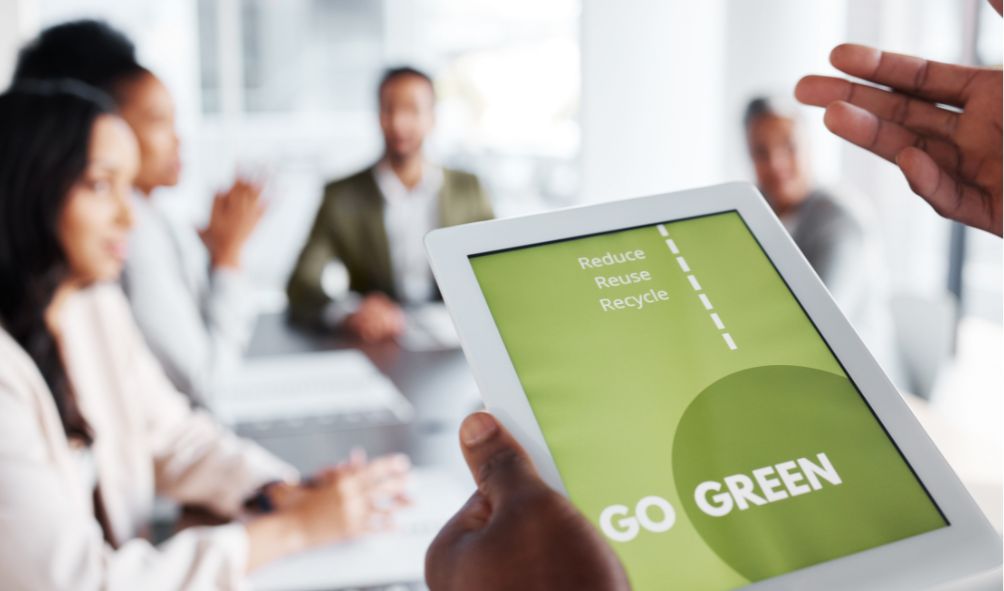Would you pay more for a product that’s better for the planet?🤔 Now, that’s not just a random question. Consumers today are becoming more conscious of their environmental impact, and brands are responding with sustainable initiatives. But let’s be real: many companies claim to be “eco-friendly” without actually doing much. That’s where green marketing comes in.
Table of Contents
The best brands don’t just slap a “100% natural” 🌿 sticker on their products; they integrate sustainability into their entire business model. From packaging and production to advertising and brand messaging, green marketing isn’t just a trend, it’s a necessity.
In this blog, we’ll break down some of the best green marketing examples that prove sustainability and profitability can go hand in hand. Whether you’re a business owner, marketer, or just someone who wants to make more eco-conscious choices, these examples will show you what real, impactful green marketing looks like.
What is Green Marketing?
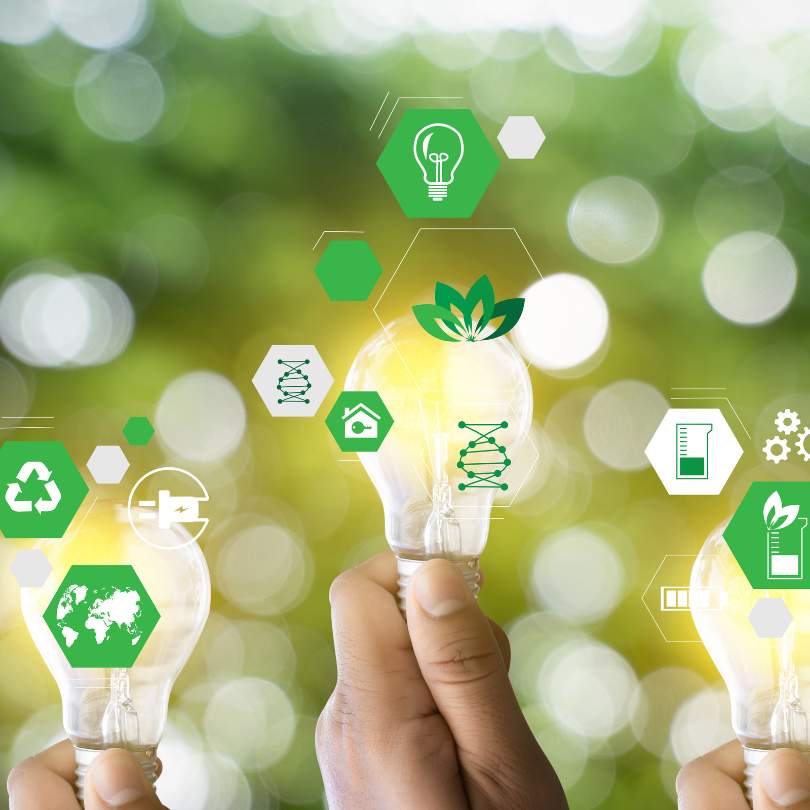
Green marketing 🌿 refers to the practice of promoting products, services, or business initiatives that are environmentally friendly. It extends well past the mere commerce of things marked as “eco-friendly”. It embraces sustainable business practices as a whole—practices that are even capable of creating a positive impact on the environment. Can your business maintain low carbon emissions? Use recyclable packaging? Source your materials ethically? Numerous firms employ green marketing to resonate with their target of eco-aware customers.
For instance, businesses such as IKEA zero in on sustainable sourcing. Meanwhile, duplicitous companies like Patagonia peddle the not-quite-trustworthy message that they encourage their customers to repair their old clothes instead of buying new ones. These efforts, in whatever form they may take, are not only good for the planet but also good for the types of company-consumer relationships that can engender loyalty.
Yet, marketing a product as “green” isn’t enough. It’s necessary to walk the talk and not engage in what some people refer to as “greenwashing”—essentially, making one’s marketing look greener than it is. True green marketing involves much more than making superficial claims. It entails real commitment to long-term changes that have an environmental impact. In the following sections, we’ll explore some companies that are making a difference and not just making claims.
Also read: 44 Different Types of Marketing to Promote Your Brand
5 Powerful Advantages of Green Marketing
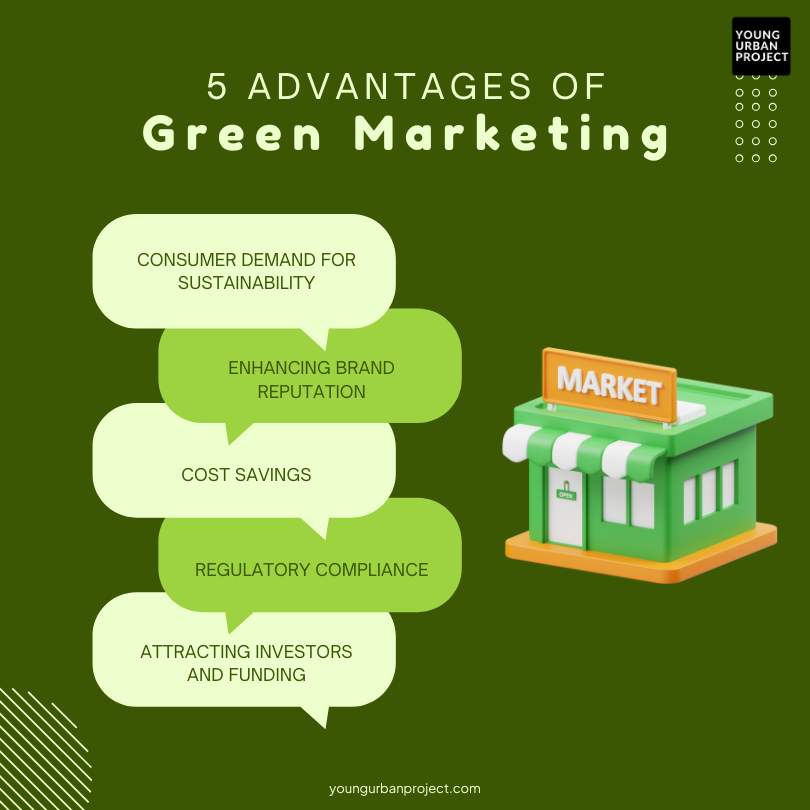
1. Meeting Consumer Demand for Sustainability
Consumers are increasingly prioritizing sustainability when making purchasing decisions. A report by McKinsey & Company found that 60% of consumers are willing to pay more for products with sustainable packaging. Additionally, Nielsen reports that 73% of global consumers would change their consumption habits to reduce environmental impact.
Companies are leveraging green marketing to align with these preferences, ensuring they remain competitive. For example, brands like Unilever have reported that their sustainable product lines grow 69% faster than their conventional ones. By adopting green marketing, businesses can attract environmentally conscious consumers and build long-term loyalty.
2. Enhancing Brand Reputation and Trust
Green marketing helps companies build a positive brand image by showcasing their commitment to environmental responsibility. A 2022 study by Cone Communications revealed that 87% of consumers are more likely to trust and support companies that advocate for social or environmental issues.
For instance, Patagonia has built a strong reputation by donating 1% of its sales to environmental causes and using recycled materials in its products. This transparency and commitment to sustainability have earned them a loyal customer base. Green marketing allows brands to differentiate themselves and gain trust in a crowded marketplace.
Also read: What is ORM (Online Reputation Management) in Digital Marketing?
3. Cost Savings Through Efficiency
Adopting sustainable practices often leads to cost savings in the long run. For example, reducing energy consumption, minimizing waste, and using recycled materials can lower operational costs. A 2023 report by the World Economic Forum found that companies investing in sustainability initiatives save 15-20% on operational costs over time.
A manufacturing company with three locations, Comansa achieved total annual cost savings of €200,000 by implementing energy management practices. These measures provided a comprehensive understanding of their energy consumption, leading to effective savings.
4. Regulatory Compliance and Risk Mitigation
Governments worldwide are introducing stricter environmental regulations, such as carbon taxes and bans on single-use plastics. Companies using green marketing are often ahead of the curve in complying with these regulations, reducing the risk of fines or legal issues.
For example, the European Union’s Green Deal aims to make Europe climate-neutral by 2050, pushing companies to adopt sustainable practices. By embracing green marketing, businesses can demonstrate compliance and avoid penalties while positioning themselves as industry leaders.
5. Attracting Investors and Funding
Investor interest in sustainability is growing rapidly. According to a Morgan Stanley report, 77% of individual investors globally prefer companies or funds that aim for market-rate returns while considering social and environmental impact. Additionally, 54% plan to increase allocations to sustainable investments in the next year. This shift highlights how businesses with strong green marketing strategies attract investors seeking both financial returns and long-term sustainability.
Source: Morgan Stanley Institute for Sustainable Investing
15 Green Marketing Examples To Inspire You
1. Patagonia
Patagonia is one of the best examples of green marketing. They focus on sustainability in every part of their business. For example, their “Worn Wear” program encourages customers to repair old clothes instead of throwing them away. They even provide free repair guides online. Patagonia also donates 1% of their sales to environmental causes through their “1% for the Planet” initiative.
In 2022, they launched a campaign called “Don’t Buy This Jacket” to discourage overconsumption. This bold move showed their commitment to the planet over profits. They also use recycled materials in 70% of their products, like polyester made from plastic bottles.
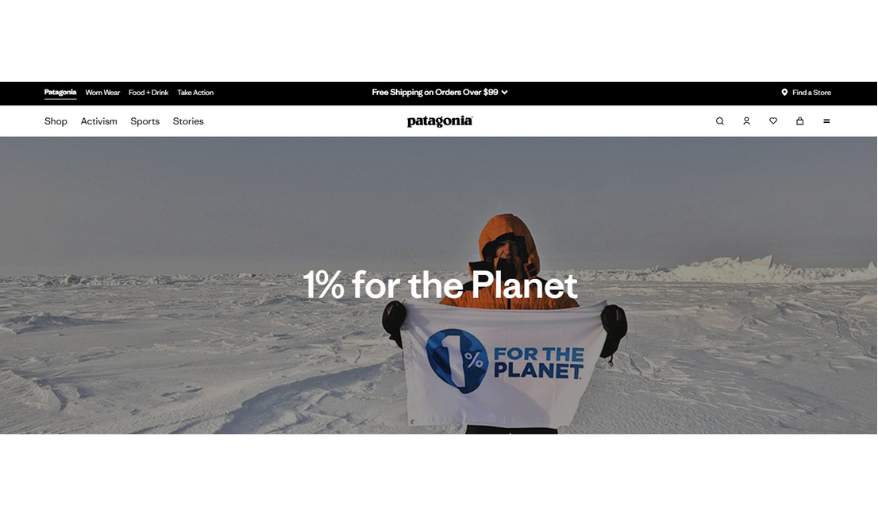
2. Unilever
Unilever owns popular brands like Dove, Lipton, and Ben & Jerry’s. They’ve pledged to cut plastic use by half by 2025. For example, Dove now uses 100% recycled plastic bottles in North America and Europe.
They also focus on sustainable sourcing. All their tea, cocoa, and palm oil are certified by organizations like Rainforest Alliance. Unilever’s green marketing campaigns educate consumers about making eco-friendly choices.
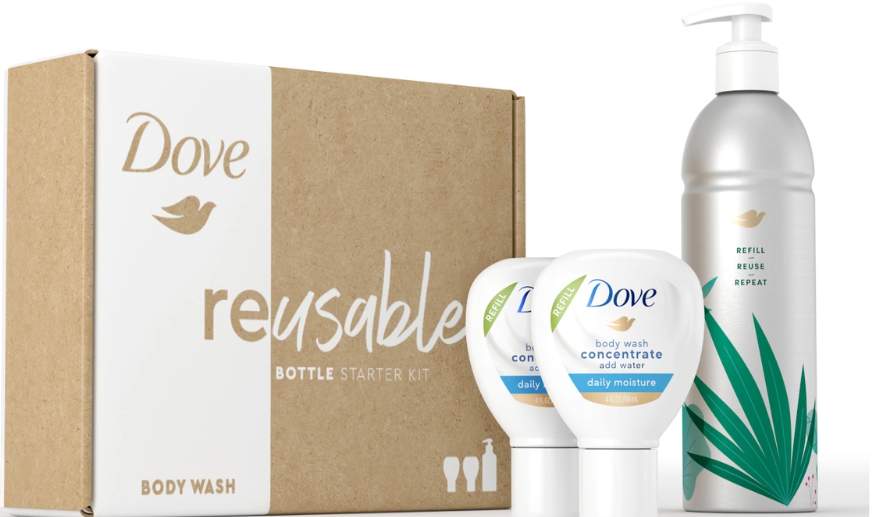
3. Hershey
Hershey is making chocolate more sustainable. The company has been sourcing 100% independently verified cocoa since 2020. It works with Fair Trade USA, Rainforest Alliance, and other independent programs to ensure ethical cocoa farming. Hershey is also reducing water use and carbon emissions in its factories. The company is switching to paper wrappers for some products to cut plastic waste. These steps help protect the environment.
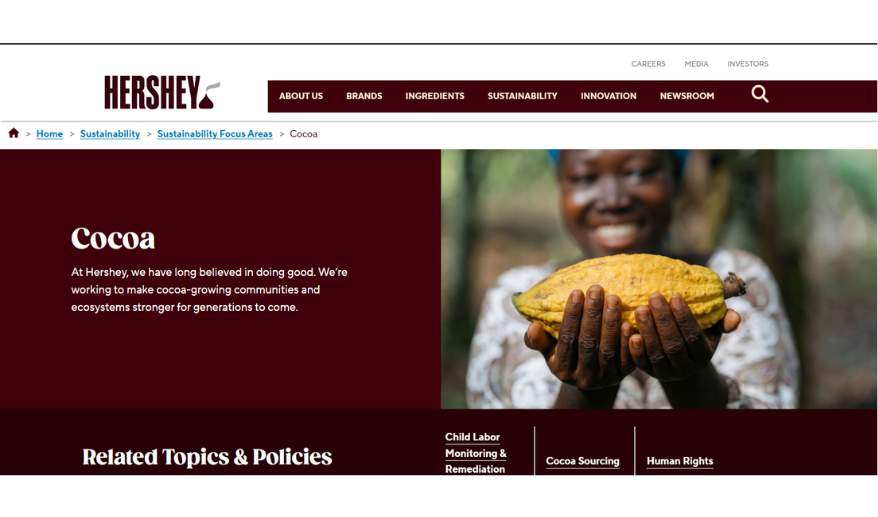
4. Starbucks
Starbucks is taking big steps to reduce waste. They’ve introduced reusable cups and strawless lids to cut down on single-use plastics. By 2030, they plan to reduce waste by 50%. They’re also working on making their stores more eco-friendly by using renewable energy.
In 2022, Starbucks launched a “Borrow a Cup” program in select locations. Customers can borrow a reusable cup, return it, and get a discount on their next drink. They also focus on ethically sourced coffee, ensuring farmers are paid fairly and the environment is protected.
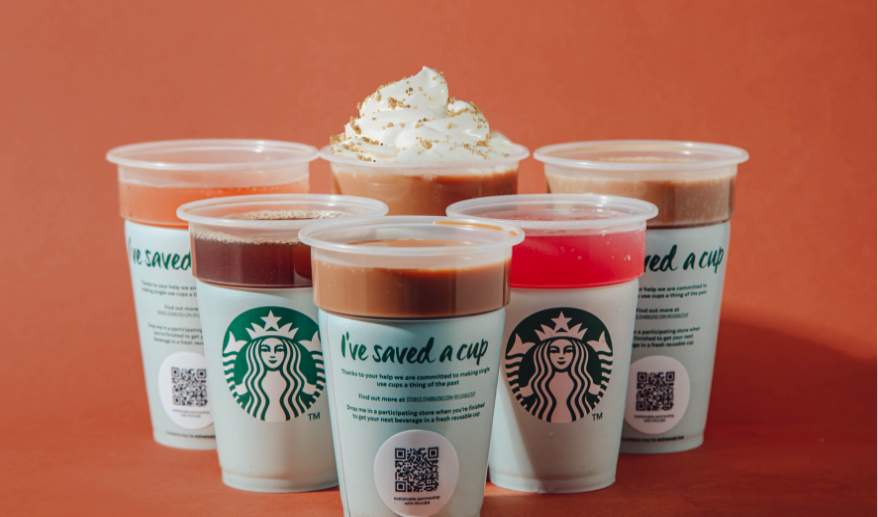
5. IKEA
IKEA is working hard to become a circular business by 2030. This means they want to reuse and recycle all materials in their products. For example, they use bamboo and recycled wood in furniture. They also sell solar panels to help customers use clean energy at home.
In 2021, IKEA launched their “Buy Back & Resell” program. Customers can return old IKEA furniture in good condition and get store credit. The furniture is then resold, reducing waste. They’ve also removed single-use plastics from their stores and restaurants.
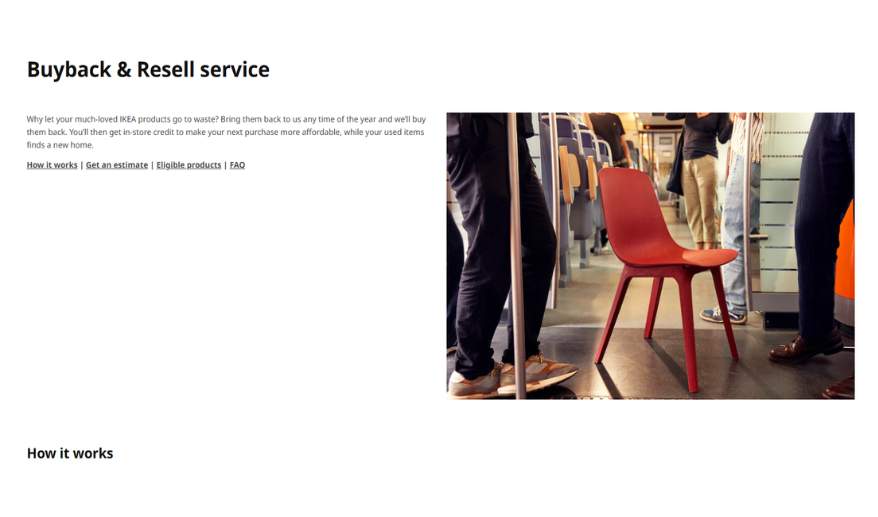
6. Timberland
Timberland is known for making durable shoes and boots. They use recycled materials like plastic bottles and rubber in their products. Each pair features a lining made from a recycled plastic bottle, along with recycled rubber and responsibly tanned leather to minimize environmental impact.
Beyond their products, Timberland is committed to reforestation. Through their Tree Planting Program, they plant a tree for every product sold, having already planted over 10 million trees worldwide. Their green marketing initiatives highlight their dedication to creating environmentally friendly products.
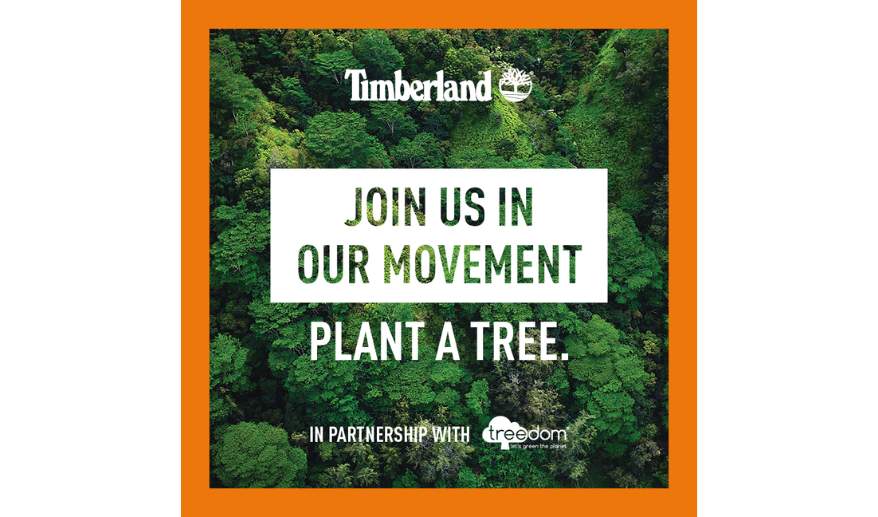
7. Lush Cosmetics
Lush is known for its eco-friendly beauty products. They use natural ingredients and avoid harmful chemicals. Their packaging is minimal, and many products are sold “naked” (without packaging). Lush also recycles pots and gives free products in return.
In 2023, Lush launched a campaign to reduce water waste. They introduced solid shampoos and conditioners that last longer than liquid ones. They also support environmental causes like animal rights and deforestation prevention.

Enroll Now: Performance Marketing Training
8. The Body Shop
The Body Shop focuses on cruelty-free and sustainable beauty products. They use recycled materials for packaging and source ingredients ethically. They also run campaigns to protect forests and support fair trade.
They introduced refill stations in stores (source). Customers can bring empty bottles and refill them with products like shampoo and body wash. This reduces plastic waste and encourages reuse.
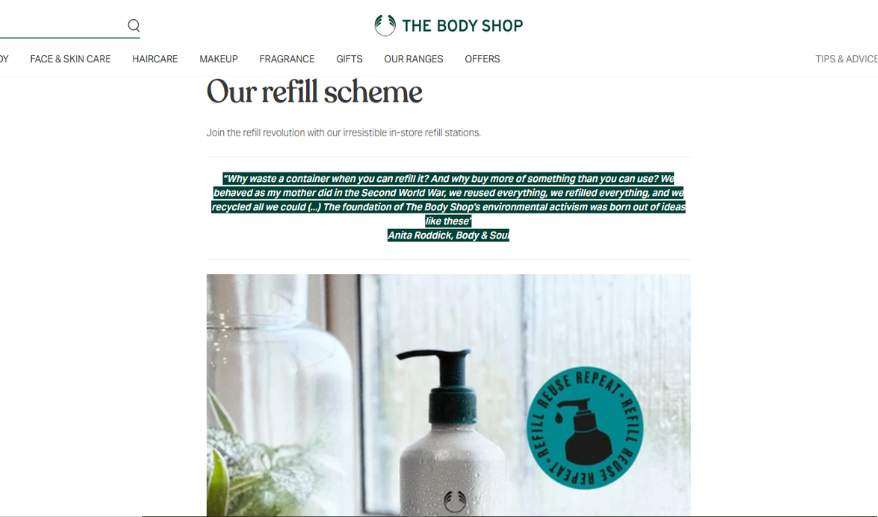
9. TOMS Shoes
TOMS is known for its “One for One” model, where they donate a pair of shoes for every pair sold. Along with social impact, TOMS is committed to sustainability. Currently, 100% of their packaging comes from sustainably managed forests, with at least 80% made from recycled materials.
As a member of the Canopy Pack4Good Initiative, TOMS ensures responsible sourcing of all wood-based materials. Their earthwise™ products are 100% plastic-free, and they have switched to 100% recycled LDPE polybags for samples. The company is also continuously improving its packaging with an ongoing redesign project to reduce waste and environmental impact. This commitment to sustainability helps TOMS reduce its footprint while encouraging customers to make eco-friendly choices.
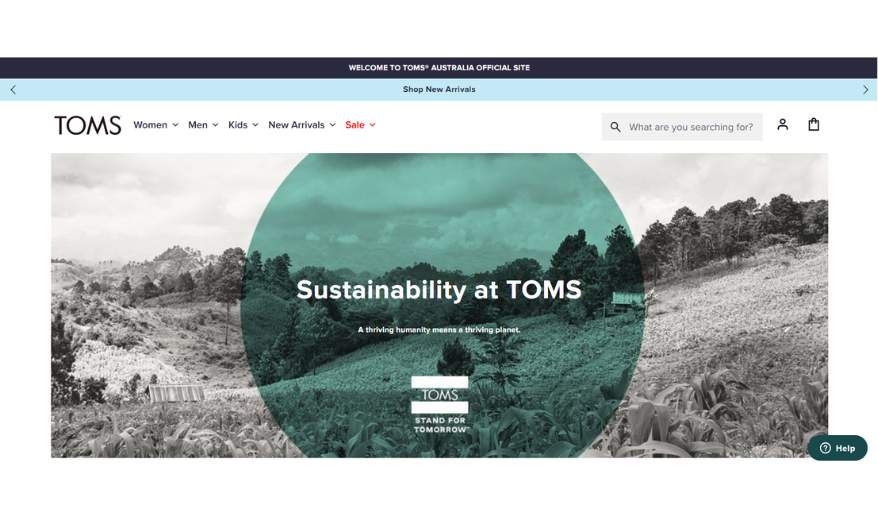
10. Ben & Jerry’s
Ben & Jerry’s is a leader in sustainable food practices. They use fair-trade ingredients in their ice cream, ensuring farmers are paid fairly. They also focus on reducing carbon emissions in their supply chain.
In 2023, Ben & Jerry’s launched a campaign called “Save Our Swirled” to raise awareness about climate change. Their green marketing often supports social and environmental causes. They show how businesses can fight for the planet while making delicious products.
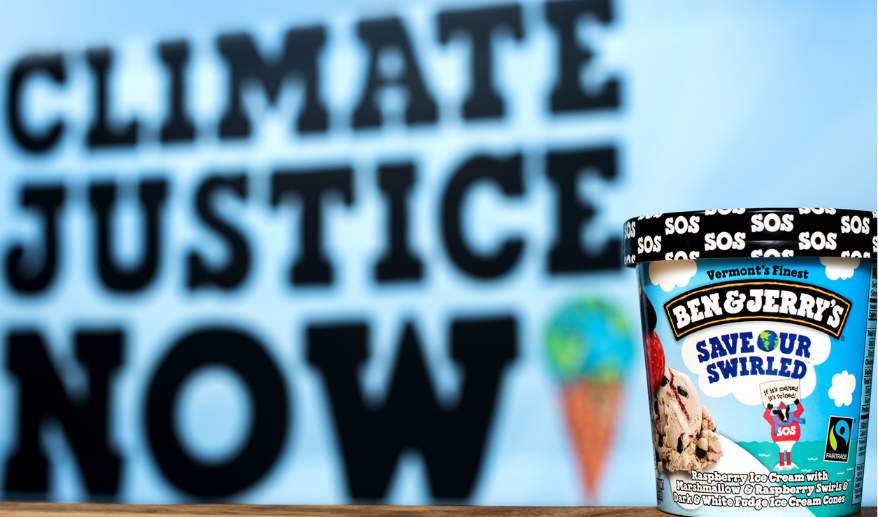
11. Nike
Nike is working to reduce waste and carbon emissions. They use recycled materials in their shoes and clothing. For example, their Nike Air soles are made with at least 50% recycled materials.

In 2019, Nike launched their “Move to Zero” campaign. It focuses on creating zero waste and zero carbon emissions. They’ve also introduced a Reuse-A-Shoe program, where old shoes are recycled into sports surfaces.
12. Apple
Apple is committed to reducing its environmental impact by incorporating recycled materials into its products. By 2025, magnets in Apple devices will use entirely recycled rare earth elements, and all Apple-designed printed circuit boards will feature 100% recycled tin soldering and 100% recycled gold plating. These efforts reflect Apple’s dedication to sustainability, minimizing waste, and reducing reliance on newly mined resources. Green marketing helps Apple highlight these initiatives, reinforcing its brand as an industry leader in environmental responsibility.
Apple has also removed chargers from iPhone boxes, reducing packaging waste. They’ve pledged to be carbon neutral by 2030. Their green marketing highlights their efforts to create products that are good for the planet (source).
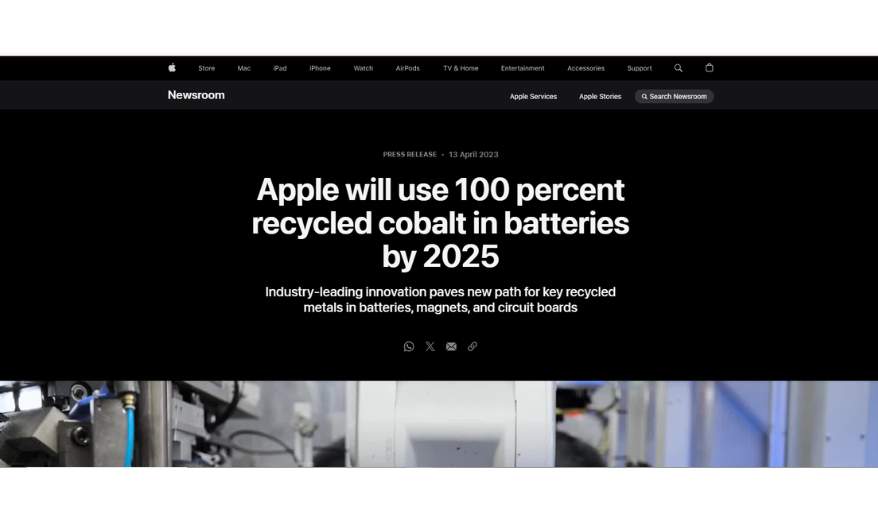
13. Adidas
Adidas is known for its partnership with Parley for the Oceans. They make shoes and sportswear from recycled ocean plastic. Each pair of shoes uses about 11 plastic bottles, helping clean up beaches and oceans.
Adidas is turning plastic waste into high-performance products. As part of its sustainability efforts, Adidas produced 1 million pairs of shoes with Parley Ocean Plastic® in 2017, then 5 million in 2018, and 11 million in 2019. These shoes are made using plastic waste collected from oceans and coastal areas (source).
Beyond footwear, Adidas incorporates recycled materials into shirts, socks, and other sportswear. The company has also committed to using 100% recycled polyester in all its products by 2024. By transforming waste into wearable products, Adidas promotes sustainability while reducing plastic pollution.

14. Ecover
Ecover makes cleaning products that are safe for the environment. They use plant-based ingredients and biodegradable packaging. Their factories run on renewable energy, and they recycle water used in production.
Ecover launched a new line of refillable cleaning products, allowing customers to purchase concentrated refills and mix them with water at home. They also introduced dishwasher tablets with no plastic wrappers, further reducing plastic waste and lowering shipping emissions.
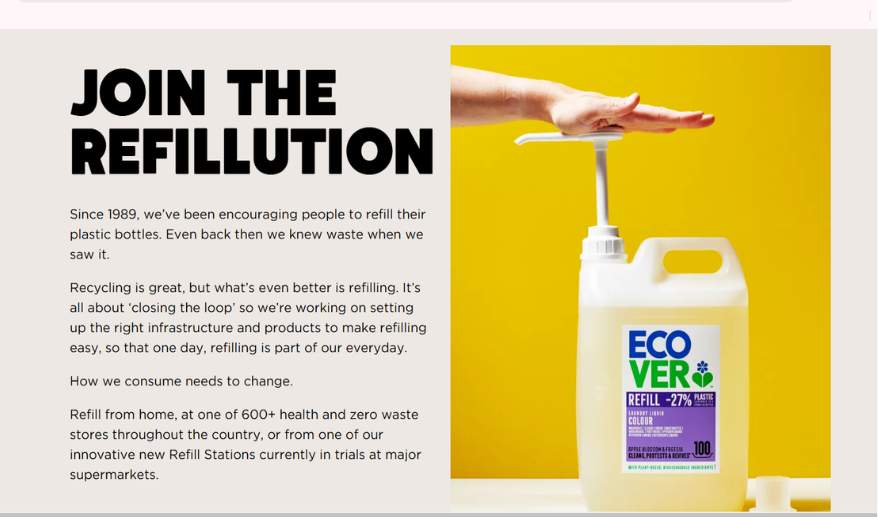
15. Tesla
Tesla is a leader in green marketing with its electric vehicles (EVs). Their mission is to reduce carbon emissions by replacing gas-powered cars with EVs. Tesla’s cars produce zero emissions while driving. They also make solar panels and batteries for homes, helping people use clean energy.
In 2023, Tesla announced they’ve saved over 20 million tons of CO2 through their vehicles. Their green marketing focuses on the benefits of switching to renewable energy. They even share real-time data on their website about the environmental impact of their cars.
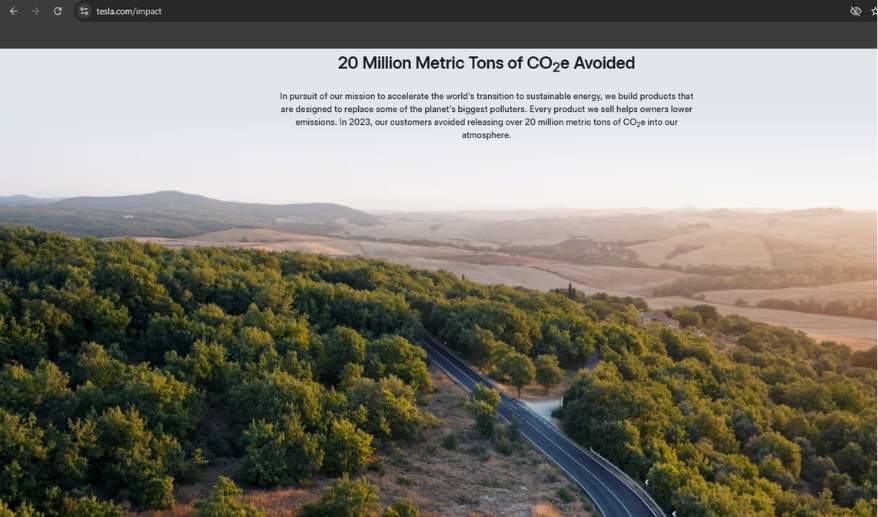
5 Problems with Green Marketing
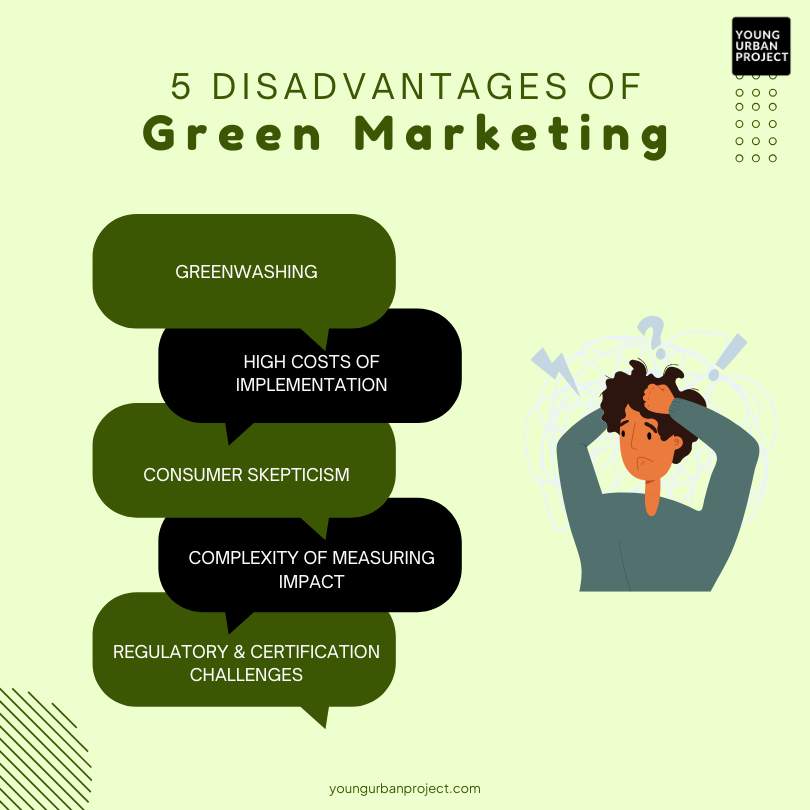
1. Greenwashing
Greenwashing occurs when companies exaggerate or falsely claim their products or practices are environmentally friendly to attract eco-conscious consumers. A study found that 42% of green claims on products were misleading or unsubstantiated. For example, a company might label a product as “natural” or “eco-friendly” without providing evidence or certifications.
This practice not only misleads consumers but also damages the credibility of genuine green marketing efforts. Companies like Volkswagen faced backlash (source) for falsely advertising their diesel vehicles as low-emission, leading to a loss of trust and legal consequences.
2. High Costs of Implementation
Adopting sustainable practices and creating eco-friendly products often requires significant upfront investment. Small and medium-sized businesses, in particular, may struggle to afford the costs of renewable energy, sustainable materials, or certifications like Fair Trade or Carbon Neutral.
For example, transitioning to biodegradable packaging can cost 20-30% more than traditional packaging, which may not be feasible for all businesses. These high costs can limit the adoption of green marketing strategies, especially for smaller companies.
3. Consumer Skepticism
Due to widespread greenwashing, many consumers are skeptical of green marketing claims. For instance, a global survey by YouGov found that 60% of consumers are skeptical about brands’ environmental claims. This skepticism is more pronounced in certain regions; in the United Kingdom, 71% of consumers expressed doubt over the authenticity of brands’ green claims.
For example, a company promoting its “100% recyclable” packaging may face challenges convincing consumers if competitors have made similar claims without following through. Building trust requires transparency, third-party certifications, and consistent actions.
Also read: 5 Stages of Consumer Buying Process: An Ultimate Guide
4. Complexity of Measuring Impact
Measuring the environmental impact of green initiatives can be complex and resource-intensive. Companies often struggle to quantify metrics like carbon footprint reduction, water savings, or waste diversion accurately. Without clear data, it becomes challenging to communicate the effectiveness of green marketing campaigns.
For example, a company may claim to have reduced its carbon emissions by 20%, but without transparent reporting or third-party verification, consumers may question the validity of the claim. This complexity can undermine the credibility of green marketing efforts.
5. Regulatory and Certification Challenges
Navigating the regulatory landscape for green marketing can be challenging, as standards and certifications vary by region and industry. For example, terms like “organic,” “biodegradable,” or “carbon-neutral” may have different definitions depending on the country or certification body.
Additionally, obtaining certifications like LEED (Leadership in Energy and Environmental Design) or B Corp can be time-consuming and expensive. Companies may also face legal risks if their green claims do not comply with local regulations, as seen in cases like H&M’s “Conscious Collection”, which faced criticism for misleading sustainability claims (source)
Also read: Modern Marketing Concepts: Meaning, Importance and Types
♻️Wrapping up
Green marketing is a powerful way for companies to show they care about the planet. It helps them attract eco-conscious customers and build trust. Brands like Patagonia, Starbucks, and IKEA are leading the way with sustainable practices. They use recycled materials, reduce waste, and support environmental causes.
However, green marketing has challenges. Some companies face accusations of greenwashing, where they pretend to be eco-friendly without real action. This can harm their reputation. Despite these issues, green marketing is growing. More businesses are adopting eco-friendly practices to meet consumer demand. They focus on reducing carbon emissions, using renewable energy, and creating sustainable products.
In the end, green marketing is not just a trend. It’s a step toward a healthier planet. Companies that take it seriously can make a positive impact while growing their business. Let’s support brands that truly care about the environment. Together, we can create a greener future.
Also read: 8 Types Of Advertising: Effective Strategies for Success
💡FAQs: Green Marketing Examples
1. Why is green marketing important?
Green marketing helps businesses reduce their impact on the environment. It promotes eco-friendly products, sustainable practices, and responsible business methods. Customers today prefer brands that care about the planet. Green marketing builds trust, improves brand reputation, and attracts eco-conscious buyers. It also helps companies follow environmental laws and stay competitive in the market.
2. Which companies use green marketing?
Numerous large corporations use green marketing to advance sustainability. The clothing manufacturer Patagonia utilizes recycled material. The furniture company IKEA invests in renewable energy and energy-efficient products. Starbucks has a “Shared Planet” initiative that reduces their use of plastic, supports their procurement of coffee and other products through “ethical sourcing,” and, generally, has them work towards being a more eco-friendly company. Unilever is another example. Overall, these corporations show that “green growth” is possible, and it is a basis for them to continue making profits.
3. What are the benefits of green marketing?
Green marketing attracts eco-conscious customers and builds brand loyalty. It helps companies reduce waste, lower energy costs, and meet environmental laws. Businesses that focus on sustainability can stand out from competitors. Green marketing also improves brand reputation and attracts investors. In the long run, it helps both the company and the environment by promoting responsible business practices.
4. What are the difficulties in green marketing?
Green marketing presents some challenges. Companies sometimes fake eco-friendly claims (greenwashing), and this makes consumers suspicious. The truth is, producing sustainable products can be costly more so than making unsustainable ones (life-cycle analyses have shown this), and not all consumers are willing to pay the premium. Thankfully, our strict environmental laws require companies to meet high standards. Teaching the public to understand and trust green products takes time and effort. Still, real green efforts can yield real profits.

